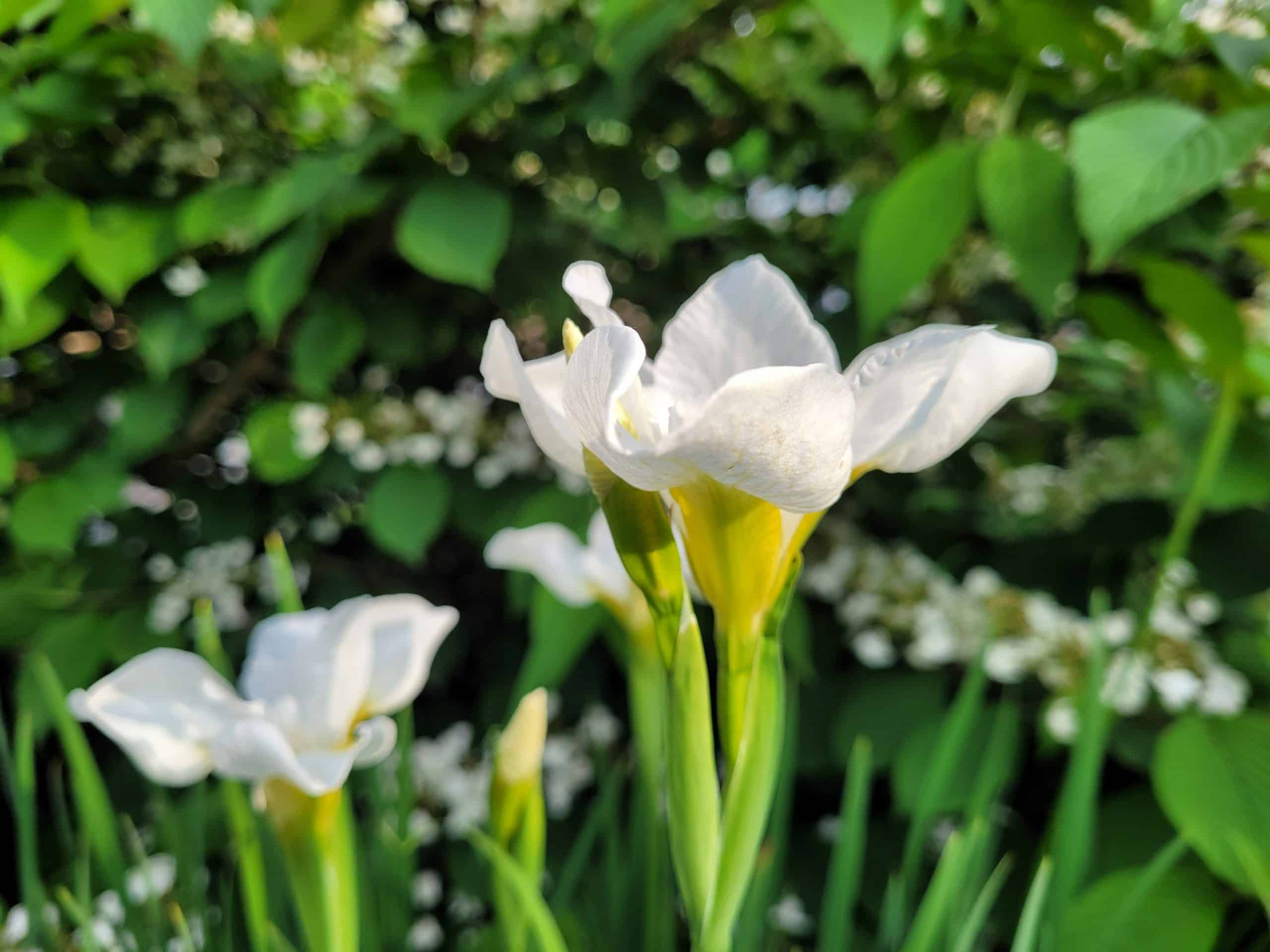
And just like that, the landscape exploded – trees, shrubs, perennials. The pace seemed to hasten as we neared Memorial Day, the gateway to Summer, with warming temperatures and rain. It wasn’t long before we felt out of step and overwhelmed.
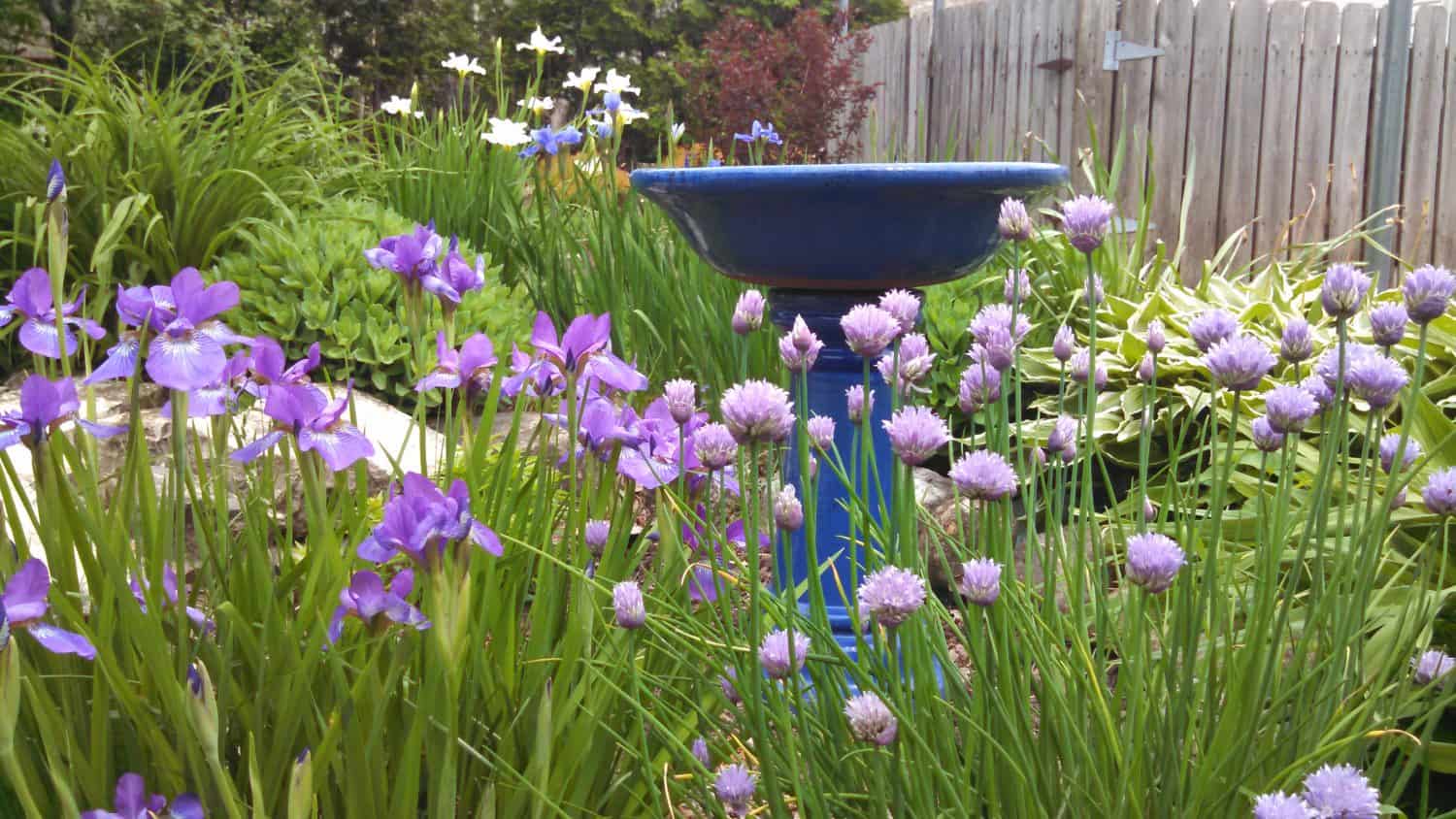
Fear not, gardeners, for we do have some control and can capitalize on the ever growing plants that we love. Dividing perennials is a wonderful practice as it helps rejuvenate and stimulate the plant while controlling the size and increasing the amount of plants in your yard.
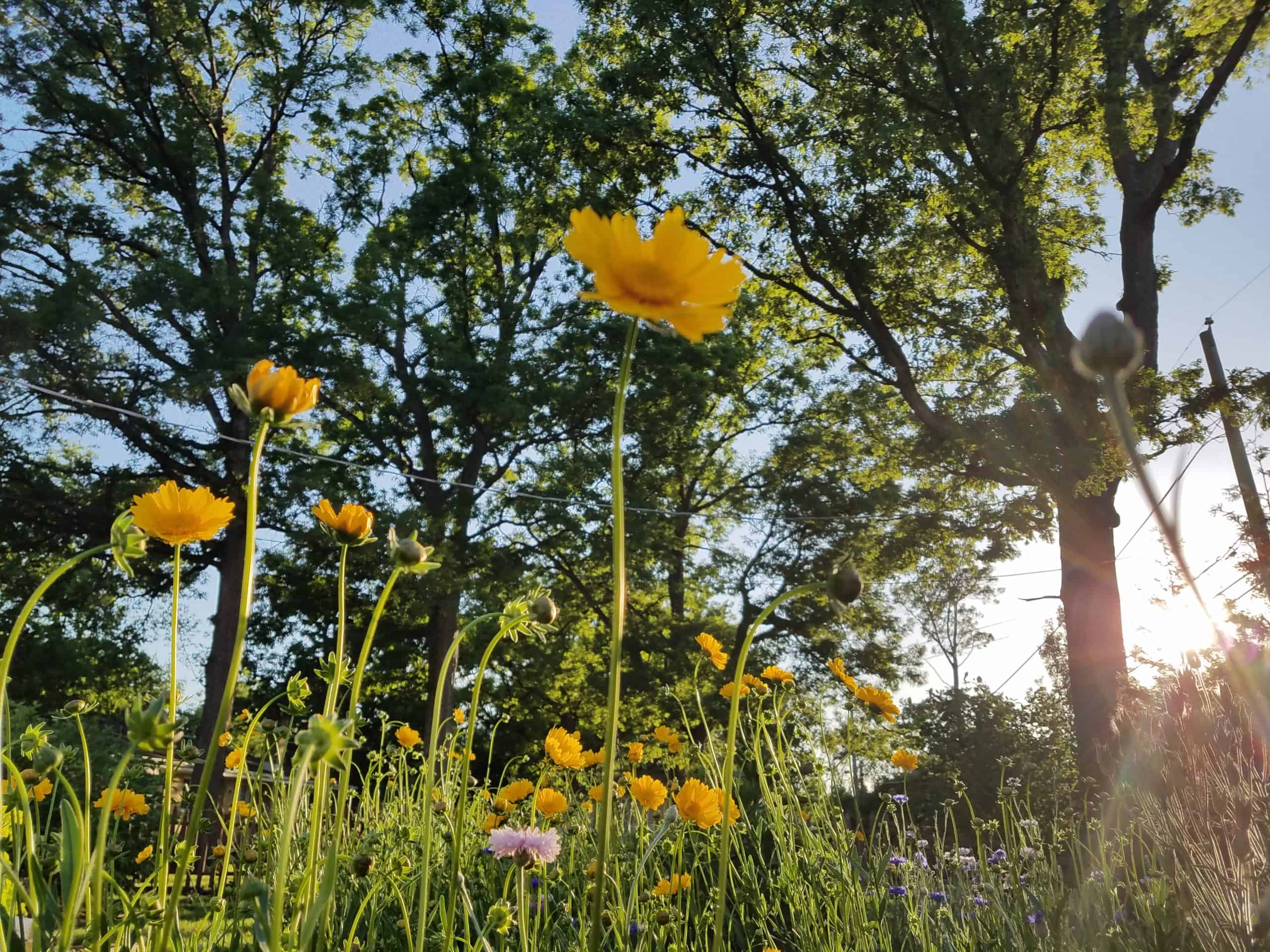
Timing is important, and the general rule of thumb is to divide Spring and Summer blooming perennials in the Fall, and Fall blooming perennials in the Spring. The idea is to divide when plants are not blooming. This is because the plant’s energy is being focused on regenerating root and leaf tissue, which makes for the perfect time to divide and plant. Please note, Peonies, Iris and Poppies should not be divided until late Summer. Additionally, plants with taproots, like Butterfly Weed, Balloon Flower, Lupines and False Indigo, are more difficult to divide and transplant.
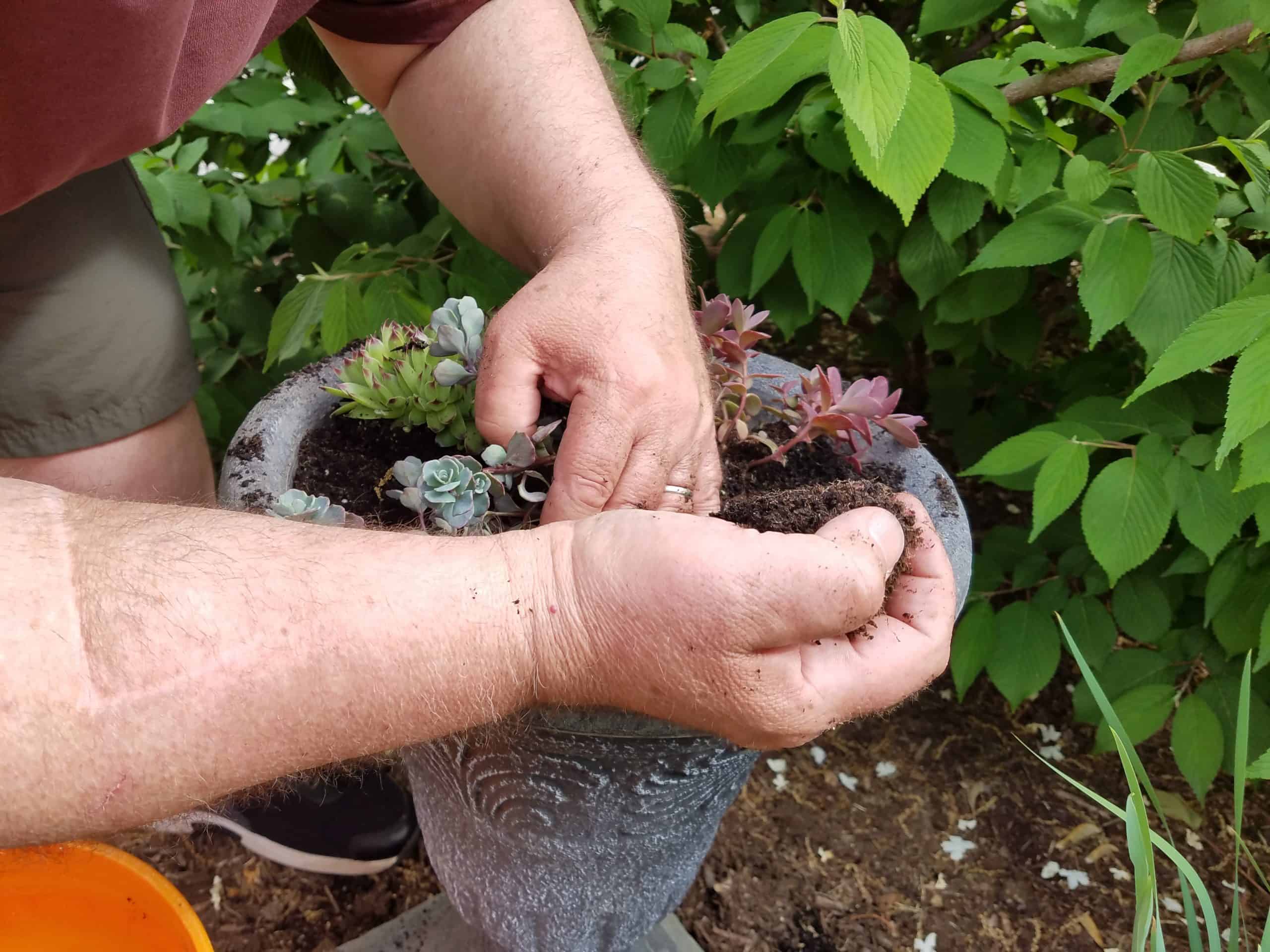
First, choose a day that’s a bit overcast and cool as sunny, warm days can make plants dry out faster. If the weather has been warm and dry, water the plants the day before you intend on dividing them. Next, begin digging at the drip line to help mitigate root damage. Dig out the plant and gently remove any loose dirt. Then divide the plant by easing the roots apart or cutting with a knife or spade. Each new plant should have 3-5 vigorous shoots and a healthy supply of roots. Lastly, be sure to keep the newly divided plants shaded and moist until they are planted.
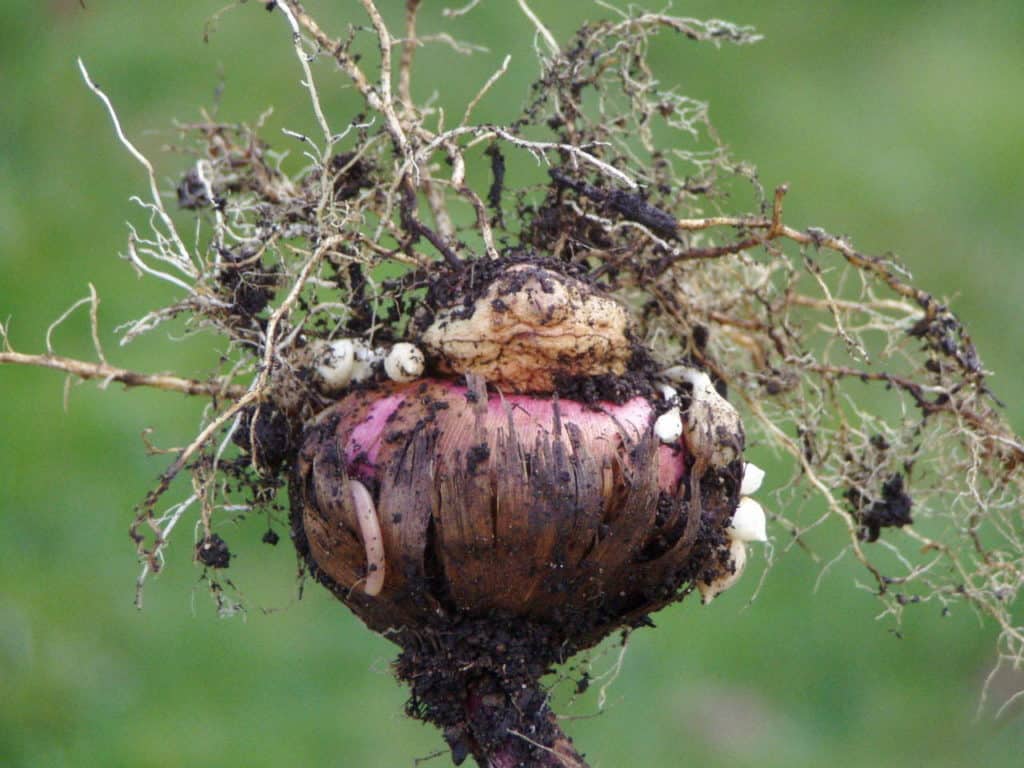
Spring bulbs can also be divided. You’ll know it’s time when blooms seem to decrease year over year. Wait about 6-8 weeks after the bulbs have bloomed and foliage begins to die back. Carefully dig and separate the bulbs and plant them immediately. If you must wait until Fall, be sure the bulbs are stored in a cool, dark place.
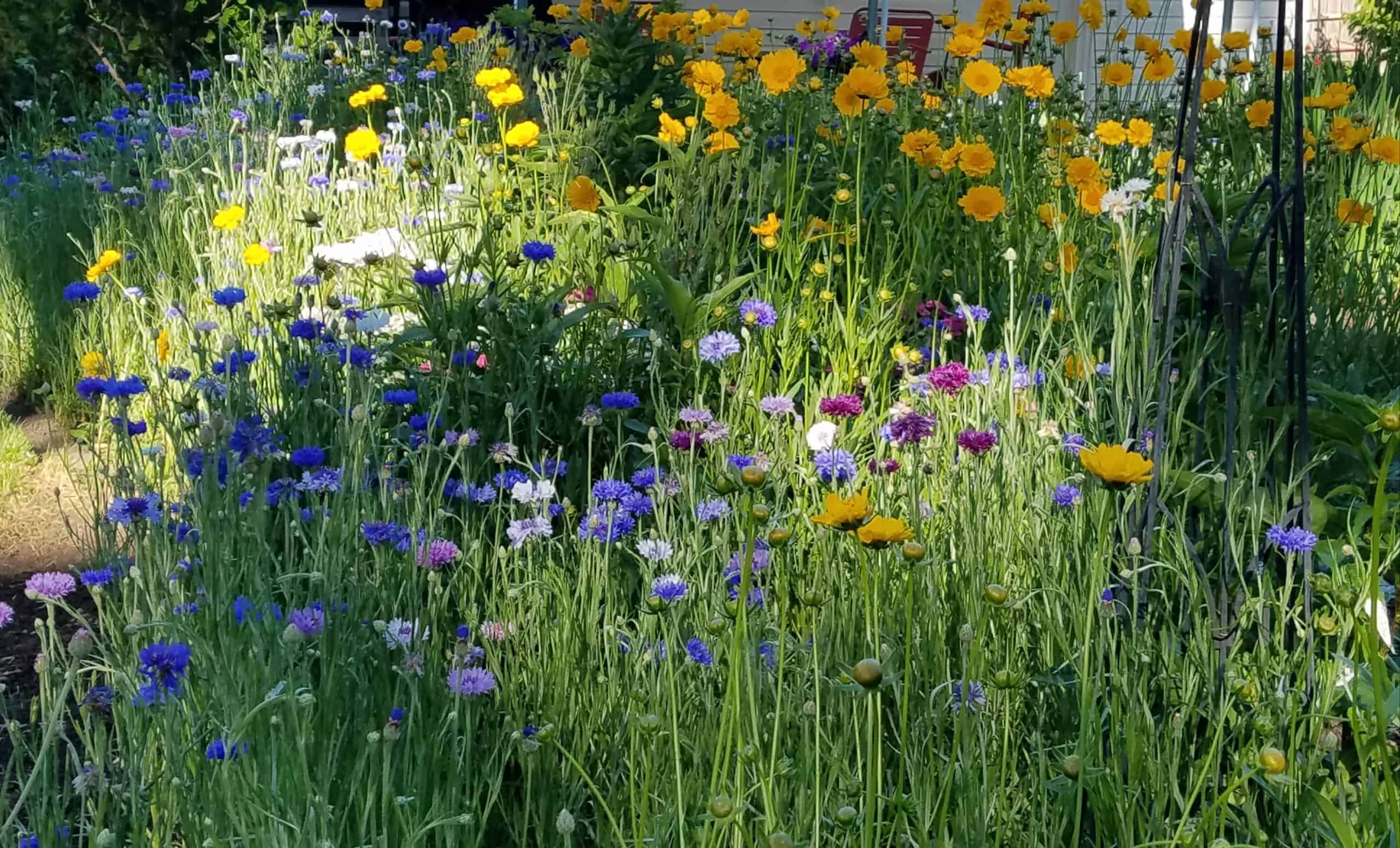
Dividing perennials not only helps the health, vigor and beauty of the plant, it’s also a cost-effective way to add more plants to your landscape. Consider sharing with your friends and neighbors. It’s a great way to diversify and connect with your community. As always, reach out to Sweeney’s! We’d be thrilled to help you divide, conquer and multiply or simply guide you through the process. We proudly serve the communities of Villa Park, Elmhurst, Oakbrook, Oakbrook Terrace, Glen Ellyn, Lombard, Wood Dale, Itasca, and more!
Sweeney’s: A Plant Based Company
Plant of the Week
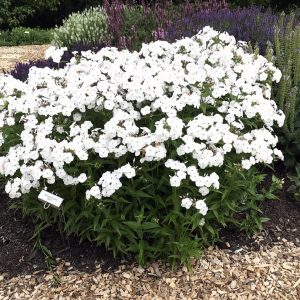
Garden Phlox (Phlox paniculata ‘David’)
Fragrant, bright white flowers bloom in abundance throughout most of Summer. Prefers full sun to partial sun, and moist, well-drained soil. Grows 3-4′ tall and 18-24″ wide. Attracts butterflies and pollinators. Divide annually.
“Who loves a garden still his Eden keeps;
Perennial pleasures plants, and wholesome harvest reaps.”
-A. Bronson Alcott
Best wishes,
Kim Sweeney

It is also a great way to get the kids outside and experience nature first hand.
Great idea! Gardening can be a great family activity, and a great learning opportunity.
very interesting, good job and thanks for sharing such a good blog. The tools needed to divide plants are pretty basic: a durable, sharp spade and a utility knife will do nicely. Large clumps of ornamental grass may also require a Sawzall that will slice through the tangle of roots and soil.